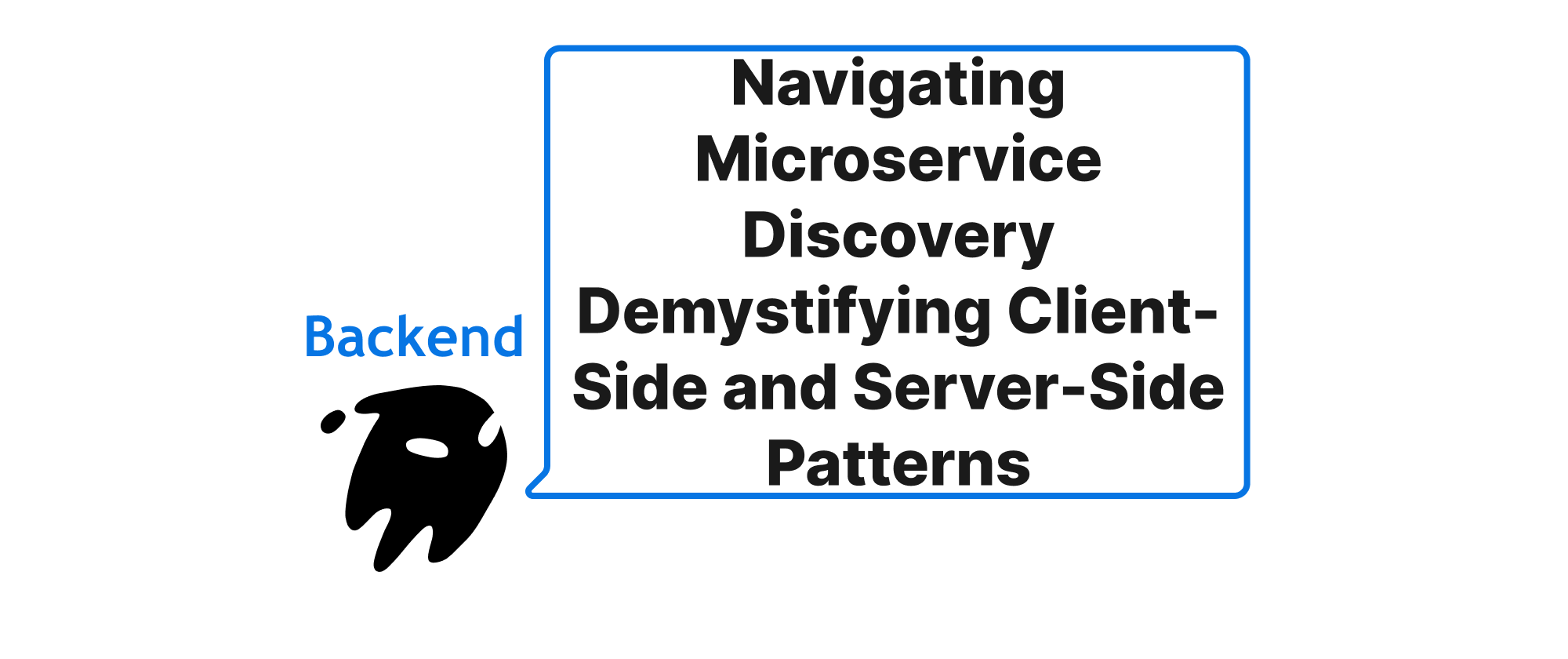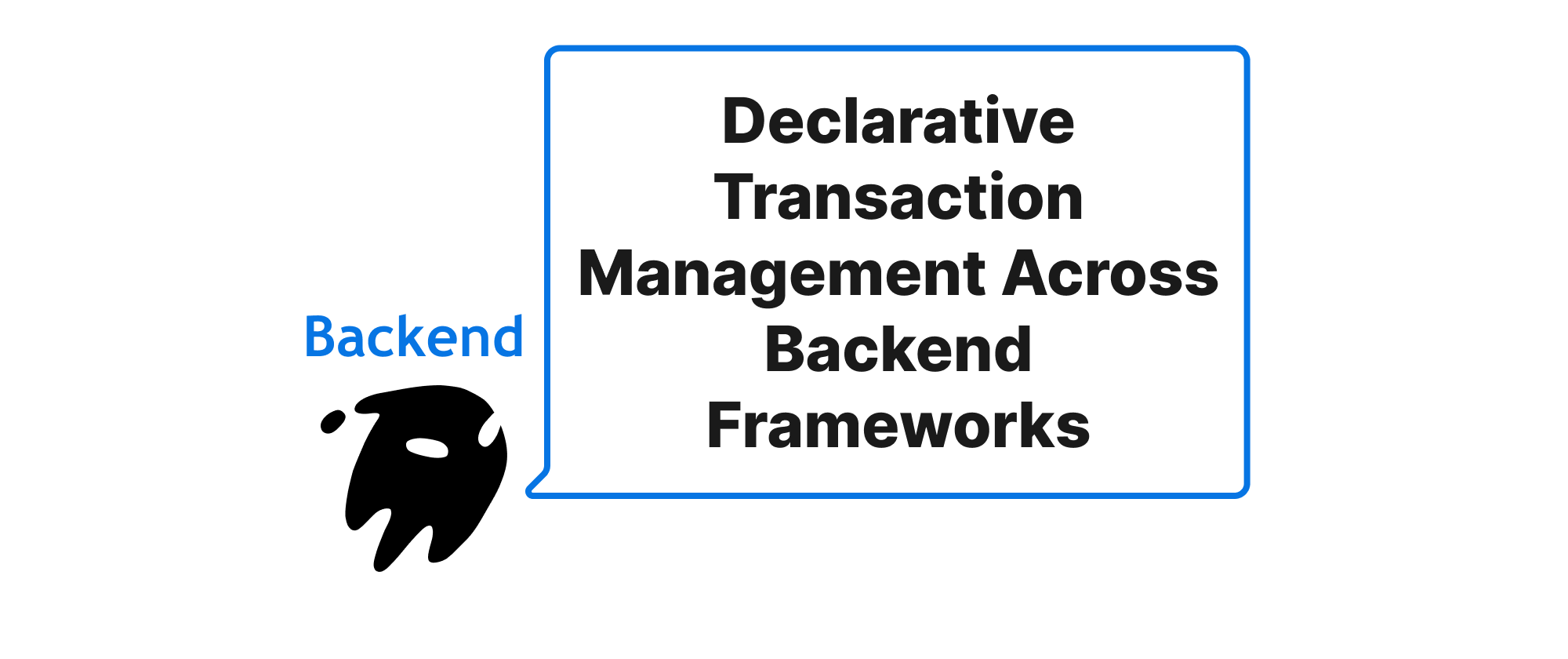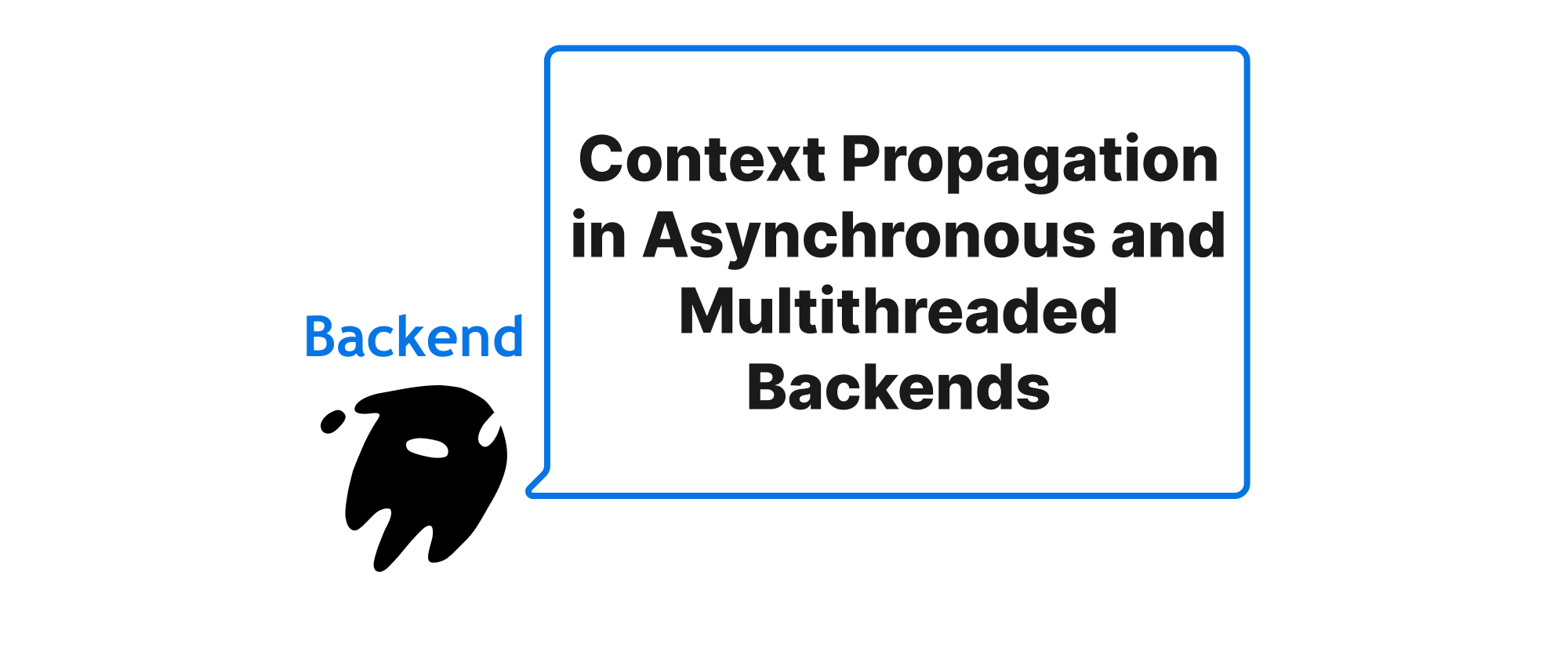Navigating Microservice Discovery Demystifying Client-Side and Server-Side Patterns
Lukas Schneider
DevOps Engineer · Leapcell

Introduction
The microservice architectural style has gained immense popularity due to its flexibility, scalability, and resilience. However, this distributed nature introduces new complexities, one of the most fundamental being how services locate and communicate with each other. In a dynamic environment where service instances are constantly being spun up, scaled out, or terminated, hardcoding network locations is simply not feasible. This challenge gives rise to the concept of service discovery, a critical mechanism that allows services to find available instances of other services. Understanding the nuances between client-side and server-side service discovery patterns is paramount for building robust and maintainable microservice ecosystems. This article aims to deeply compare these two primary approaches, exploring their underlying mechanics, practical implementations, and suitable scenarios, ultimately guiding developers in making informed architectural decisions.
Decoding Service Discovery Patterns
Before diving into the specifics of client-side and server-side service discovery, let's clarify some essential terms that will frequently appear in our discussion.
- Service Registry: A central database or repository that stores the network locations (IP addresses and ports) of all available service instances. Services register themselves upon startup and de-register upon shutdown.
- Service Instance: A running process of a particular service, identified by its network address and often a unique ID.
- Service Provider: The service that exposes an API or functionality to other services.
- Service Consumer (Client): The service that needs to consume the functionality offered by a service provider.
With these definitions in place, let's explore the two primary service discovery patterns.
Client-Side Service Discovery
In the client-side service discovery pattern, the client (service consumer) is responsible for querying the service registry to find available instances of the service it wants to communicate with. Once it obtains the network locations, the client then uses a load-balancing algorithm to select one of the available instances and makes the request directly.
How it works:
- Service Registration: When a service provider instance starts up, it registers its network location (IP address, port) with the service registry. It often sends periodic heartbeats to indicate its health and availability.
- Service Discovery: When a service consumer needs to call a service provider, it queries the service registry for all available instances of that service.
- Load Balancing: The service consumer then uses a built-in or external load balancer (or a custom algorithm) to choose one healthy service instance from the list.
- Direct Communication: The service consumer directly communicates with the selected service instance.
Implementation Example:
A common implementation for client-side service discovery uses Netflix Eureka as the service registry and Netflix Ribbon as the client-side load balancer.
Let's assume we have a ProductService that needs to call an OrderService.
OrderService (Service Provider):
// Spring Boot application for OrderService @SpringBootApplication @EnableEurekaClient // Enables Eureka client for service registration public class OrderServiceApplication { public static void main(String[] args) { SpringApplication.run(OrderServiceApplication.class, args); } @RestController class OrderController { @GetMapping("/orders/{id}") public String getOrder(@PathVariable Long id) { return "Order details for ID: " + id; } } }
ProductService (Service Consumer):
// Spring Boot application for ProductService @SpringBootApplication @EnableEurekaClient // Enables Eureka client for service discovery public class ProductServiceApplication { public static void main(String[] args) { SpringApplication.run(ProductServiceApplication.class, args); } @RestController class ProductController { // Using Spring Cloud's RestTemplate with Ribbon for client-side load balancing // The @LoadBalanced annotation makes the RestTemplate aware of Ribbon private final RestTemplate restTemplate; public ProductController(RestTemplate restTemplate) { this.restTemplate = restTemplate; } @GetMapping("/products/{productId}/order-info") public String getProductOrderInfo(@PathVariable Long productId) { // "ORDER-SERVICE" is the logical service name registered in Eureka String orderInfo = restTemplate.getForObject("http://ORDER-SERVICE/orders/" + productId, String.class); return "Product " + productId + " order details: " + orderInfo; } } @Bean @LoadBalanced // Essential for Ribbon integration public RestTemplate restTemplate() { return new RestTemplate(); } }
In this example:
OrderServiceregisters itself with Eureka.ProductServiceuses a@LoadBalanced RestTemplate. WhenrestTemplate.getForObject("http://ORDER-SERVICE/...")is called, Ribbon intercepts the request, queries Eureka for instances of "ORDER-SERVICE", selects one, and rewrites the URL to the actual IP and port.
Advantages:
- Simpler network topology: Clients directly communicate with instances, avoiding an extra hop.
- Cost-effective load balancing: Leveraging client-side libraries can be more economical than dedicated hardware load balancers.
- More flexible load balancing rules: Client-side libraries often allow for sophisticated load-balancing algorithms specific to the consumer's needs.
- Reduced latency: Direct communication can potentially lead to lower latency compared to an additional hop through a proxy.
Disadvantages:
- Language coupling: Service discovery logic (and load balancing) needs to be implemented or integrated into every client application, potentially across different programming languages.
- Increased complexity for clients: Clients become more complex as they need to manage discovery, load balancing, and potentially circuit breaking.
- Harder to update: Any changes to the discovery mechanism require updating and redeploying all client services.
Application Scenarios:
- Environments with a limited number of client technologies (e.g., primarily Java services using Spring Cloud).
- When fine-grained control over load balancing by the client is desired.
- When infrastructure costs for dedicated load balancers are a significant concern.
Server-Side Service Discovery
In the server-side service discovery pattern, the client (service consumer) makes requests to a proxy (often an API Gateway or a specialized load balancer) on a well-known URL. This proxy is responsible for querying the service registry, selecting an available instance, and routing the request to that instance. The client remains unaware of the service registration and load-balancing details.
How it works:
- Service Registration: Similar to client-side, the service provider instance registers its network location with the service registry.
- Request Routing: When a service consumer needs to call a service, it sends the request to a well-known endpoint of a proxy (e.g., Load Balancer, API Gateway).
- Discovery by Proxy: The proxy queries the service registry to find available instances of the target service.
- Load Balancing and Forwarding: The proxy selects a healthy service instance using a load-balancing algorithm and forwards the client's request to it.
- Response: The response from the service instance is returned to the client via the proxy.
Implementation Example:
A common implementation involves using a Load Balancer (like AWS ELB/ALB, Nginx, or Kubernetes Ingress) along with a service registry like Consul or etcd. For Kubernetes, the internal DNS-based service discovery is a prime example of server-side discovery.
Let's consider integrating with an API Gateway like Spring Cloud Gateway or a reverse proxy.
OrderService (Service Provider):
// Spring Boot application for OrderService @SpringBootApplication public class OrderServiceApplication { // No @EnableEurekaClient directly on service if using external discovery like Consul DNS public static void main(String[] args) { SpringApplication.run(OrderServiceApplication.class, args); } @RestController class OrderController { @GetMapping("/orders/{id}") public String getOrder(@PathVariable Long id) { return "Order details for ID: " + id + " from instance: " + System.getenv("HOSTNAME"); // Or some unique identifier } } }
Note: In a true server-side discovery scenario like Kubernetes, the service itself often doesn't need explicit discovery client annotations. It just exposes a port.
API Gateway (Server-Side Discoverer/Router):
// Spring Cloud Gateway application @SpringBootApplication public class GatewayApplication { public static void main(String[] args) { SpringApplication.run(GatewayApplication.class, args); } @Bean public RouteLocator customRouteLocator(RouteLocatorBuilder builder) { // Assuming 'order-service' is resolvable via DNS or a service registry integrated with the gateway return builder.routes() .route("order_route", r -> r.path("/api/orders/**") .uri("lb://ORDER-SERVICE")) // "ORDER-SERVICE" is typically registered in a registry like Eureka/Consul .build(); } }
In this example:
- The
OrderServicesimply runs and exposes its endpoint. - The
GatewayApplicationacts as a server-side discoverer. When a request comes to/api/orders/**, the gateway uses its internal routing mechanism (which often integrates with a service registry or Kubernetes DNS) to resolveORDER-SERVICEto an actual instance and forward the request. - The
ProductService(client) would then simply callhttp://gateway-host/api/orders/{id}without needing any discovery logic itself.
Advantages:
- Decoupled clients: Clients are completely unaware of the discovery process. They simply make requests to the proxy.
- Language agnostic: Since discovery logic resides in the proxy, it works seamlessly with clients written in any language.
- Centralized control: Management of service discovery, load balancing, and routing is centralized in one place.
- Easier updates: Changes to service discovery logic or load-balancing algorithms only require updating the proxy, not every client.
- Enhanced security: The proxy can act as an enforcement point for security policies, rate limiting, and other cross-cutting concerns.
Disadvantages:
- Additional network hop: All requests go through the proxy, introducing an additional latency hop.
- Single point of failure (if not properly managed): The proxy itself can become a bottleneck or a single point of failure if not highly available and scalable.
- Increased infrastructure complexity: Requires deploying and managing a dedicated proxy layer.
- Cost: May incur additional costs for proxy infrastructure and maintenance.
Application Scenarios:
- Microservice architectures with diverse client technologies (polyglot environments).
- Need for centralized control over routing, security, and cross-cutting concerns.
- Public-facing APIs where an API Gateway is naturally present.
- Environments like Kubernetes where internal DNS-based service discovery and Ingress controllers provide this functionality inherently.
Conclusion
Both client-side and server-side service discovery patterns effectively solve the problem of locating services in a dynamic microservice environment, but they differ fundamentally in where the discovery logic resides. Client-side discovery places the responsibility on the consumer, offering flexibility and potentially lower latency at the cost of increased client-side complexity and coupling. Server-side discovery centralizes discovery and routing in a proxy, providing strong decoupling, language independence, and centralized control, though at the expense of an additional network hop and increased infrastructure. The optimal choice hinges on your specific architectural needs, development team's expertise, technology stack, and operational considerations. Ultimately, both patterns are crucial enablers of robust and scalable microservice architectures.


